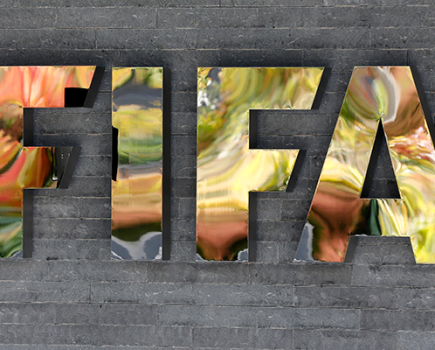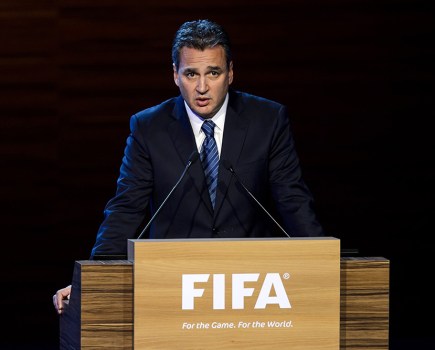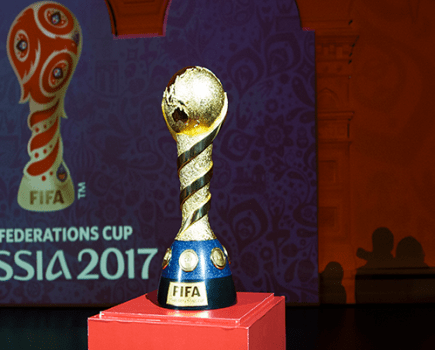 Perhaps it is the current heatwave which keeps the issue of the Qatar World Cup somewhere near the top of the agenda in the sphere of world football politics. Now another timing idea is being added to the mix.
Perhaps it is the current heatwave which keeps the issue of the Qatar World Cup somewhere near the top of the agenda in the sphere of world football politics. Now another timing idea is being added to the mix.
The latest suggestion – a new one being floated gently into the international breeze – is that the finals in 2022 should be staged in the Gulf state in May and June rather than June and July.
Back in the late autumn of 2010 the issue of searing temperatures in the Gulf mid-summer was raising specifically by Chile’s Harold Mayne-Nicholls who produced the technical report placed before the FIFA executive committee.
Politics played a major role in the voting reasoning of members of the exco because of the wrongheaded idea of running the 2018 and 2022 ballot simultaneously. Around half the members of that exco are no longer in office hence it will be freshened-up body of men and (for the first time) women who will review the timing issue at the next exco meeting in October.
FIFA president Sepp Blatter, seeking doubtless to pull a political rug out from under the feet of UEFA’s Michel Platini, has promised a review after coming to the realistion, almost three years too late, that it is hot in Qatar in the summer.
Platini’s demand for a timing switch has been supported by Germany’s FIFA exco member Theo Zwanziger – always a critic of the decision – and vehemently opposed by England’s Premier League.
Of course the Premier League has no role in the decision-making process. England’s official voice in the corridors of FIFA power belong to the Football Association and this is widely refraining from comment until 1, more information emerges from FIFA and, presumably, 2, new chairman Greg Dyke has his feet planted firmly under the table.
The problems with a timing switch are as follows:
1, the countries who lost out to Qatar (Australia, Japan, South Korea and United States) may consider legal action up to, and including, pursuit of a re-vote;
2, western European leagues which provide a quarter of the World Cup players (and just about all the superstars) must interrupt their 2022-23 seasons for two months and adjust the seasons both before and after;
3, lower division clubs across Europe would all be at risk of bankruptcy if they could not continue; and
4, those lower divisions will contest World Cup TV coverage, cash and sponsorship as they seek to fill the elite programme void.
Mayne-Nicholls has suggested that matches in Qatar could be played in the usual June-July slot but from mid-evening, when temperatures drop sharply, with the third match of the day kicking off just before midnight.
Of course, as representatives of some federations in southern Europe, Africa, Asia and South America have pointed out, many of their star players are used to playing in very high temperatures.
They believe that Platini has approached the issue from a purely Francophone climatic view.
Hence the latest suggestion: play the World Cup in 2022 in May and June. This would be no mid-season disruption and only minimal timing adjustment (and Europe’s Big Five leagues already adjust before a World Cup).
A temperature difference is evident in the weather statistics though daytime Doha in May is still hotter than Madrid, for example, is in July.
Still, much more of the current UK heatwave and English fans, at least, might think they could adjust.
Of course, there are those mischief-makers who hope the Premier League will spearhead a revolt to bring the House of FIFA tumbling down . . . but that is an issue for another day.






